The federal structure is one of the forms of the territorial organization of the state. It is inherent in countries occupying a large territory in which people of different nationalities or beliefs live. In this article we will try to answer the questions of what constitutes a federal structure, what are the features of states with a similar form of organization and how it works in practice.
Bit of theory
The form of territorial structure is one of the three characteristics of state authorities and how they interact with each other. In order to determine whether a country is unitary, federal, or constitutes a confederation, three questions must be answered. Firstly, it is necessary to establish how, in what way and in what order the decisions of the highest central authorities are communicated to the population of the state. Secondly, it is necessary to find out who is authorized throughout the country and on the ground to implement state-level regulations. Thirdly, it is necessary to determine how local authorities are organized, and whether they also have any sovereign powers. The form of territorial structure is often spelled out in the official names of states. Also, an indication of it can be found in the basic laws (constitutions).
Classification of forms of territorial structure
The theory of state and law distinguishes two classical types of states - simple and complex. The first way to exercise state power is scientifically called the unitary form of territorial structure. The second is traditionally called a federation. Thus, all states are also divided into unitary and federal.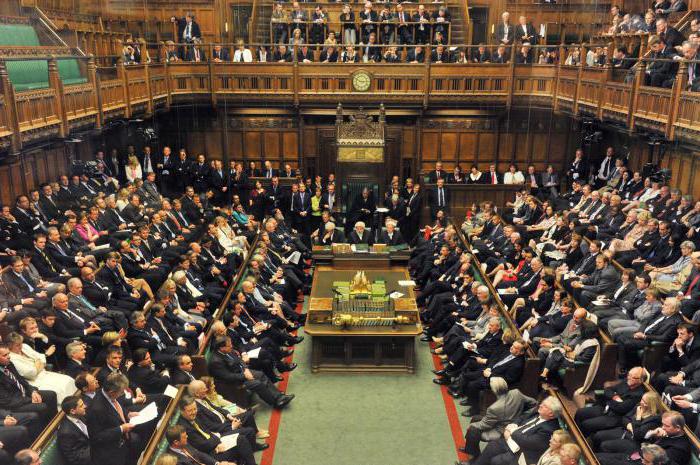
A simple form of territorial structure
Unitary state characterized by a number of signs. Firstly, the authorities in such countries are the same for all, despite the fact that the territory can be divided into any parts (for example, provinces, regions, lands and others). Secondly, units of the state of the same level with a unitary form have the same position in relations with the highest power. Thirdly, the territorial units do not have signs of sovereignty. So, they do not have the right to exit their state. Nor can they publish their constitutions, grant another, additional citizenship. Fourthly, in such states the will of the highest authorities is spread throughout the country. The unitary method is the simplest solution for exercising power.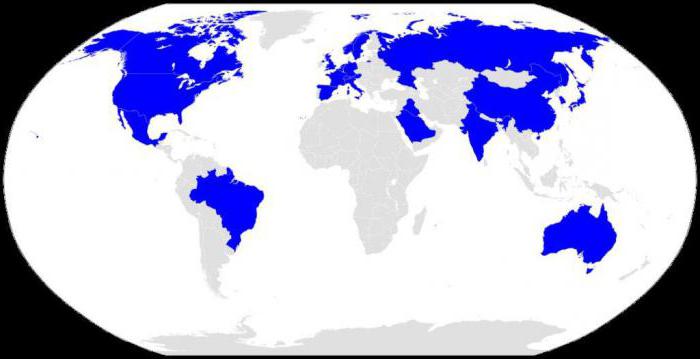
Reasons for the emergence of federations
If the unitary form is the most effective and easy to use, then why throughout the course of human history have other ways of territorial structure emerged? There is a whole list of objective and subjective reasons for this. Firstly, it all depends on the country's population. If it is homogeneous, mainly people of the same nationality, religion and culture live in the territory of the state, then there are no problems, since they have common interests. But how to create and disseminate power regulations among a motley population? If different peoples or nations live simultaneously on the territory of the state, difficulties arise with this. This is due to the fact that each of these groups seeks to preserve its identity. Different peoples can have their own history, their own legal culture, their own legal consciousness.Secondly, it is difficult to maintain a unitary form of power in states that extend over vast territories. It is these two reasons that triggered the formation of other forms of division of countries.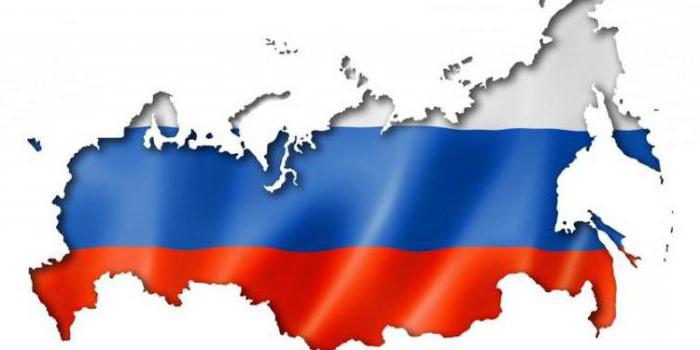
Federal government
This form of territorial organization is characterized by a number of features. Firstly, the territory of federations consists of a combination of its individual subjects, for example, states, republics, and provinces. Secondly, these separate state units possess some signs of sovereignty. For example, they have the right to issue their own fundamental laws (that is, constitutions), and also grant their citizenship. Thirdly, a bicameral parliament is an obligatory element of the federation in the modern world. Fourth, with all the relative independence, individual entities do not have the right to carry out an independent foreign policy. Only central authorities are involved in this.
Education Methods
The federal form of state structure can be established in various ways. In science, there are three existing order of formation of such countries. Thus, a federal structure can be formed as a result of the decentralization of a state that was previously unitary, on the basis of a specially adopted constitution. In addition, this form of territorial organization is often an association of previously independent countries on the basis of a treaty. Also, a federal structure can be formed simultaneously on the basis of the Constitution, and with the creation of agreements, when the processes of decentralization and unification occur simultaneously.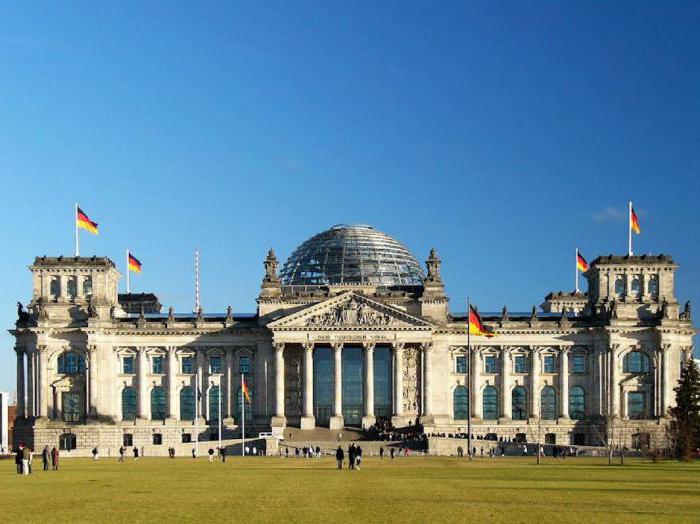
Classifications
In science, there is a division of all federations into types, and not on one basis. The first to consider is the criterion of the legal status of entities. So, parts of the state can have an equal volume of powers. In this case, we are talking about a symmetric federation in which all subjects have equal status. If some parts occupy a higher position than others, and, accordingly, are endowed with greater powers, then in this case there is an asymmetric view of this territorial structure.
If the federation has any autonomy, then such states cannot be classified in the second category. They constitute a separate species — symmetrical federations with elements of asymmetry. The second classification criterion is the scope of authority of the entire state and its subjects. Depending on this feature, centralized and decentralized federations are distinguished. In the first, it is the central, general authorities that have privileges, a privileged position, and a large amount of authority in comparison with the subjects. Secondly, the circle of rights of parts of the state is outlined in some detail, and only residual opportunities remain subject to federal bodies.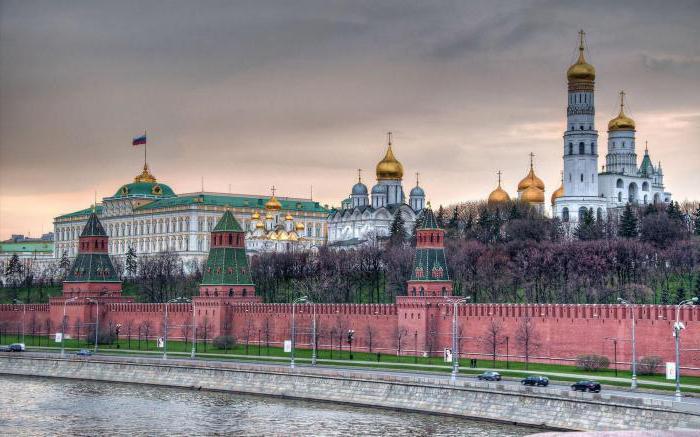
Territorial organization of Russia
The form of government of this country is directly indicated in its name - the Russian Federation. Which is not surprising, given the size of the country and the population living on its territory. The federal structure of the Russian Federation is characterized by a number of features. So, when divided into subjects, both territorial and national principles are combined. There are trends in the development of democratization of relations between parts of the state. Also, the federal structure of the Russian Federation is characterized by asymmetry.
Constitutional postulates
Let us turn to the basic law of Russia. It contains the principles of the federal structure of the Russian Federation. These are such fundamental principles that have the ability to determine the model and nature of the territorial organization of the state. The first of these is the sovereignty of the Russian Federation. It is this principle that ensures the unity of the state. The integrity of the system of power in Russia applies to the same kind of postulates.The following group of principles creates guarantees for the functioning of a federal state. These include the equality of subjects, the division of powers between central and local authorities, self-determination and equality of peoples.
Features of the federated device
In Russia, the territorial organization has its own specifics. So, in the text of the Constitution there are ideas of both dualistic and cooperative federalism. The first model of the device is based on the principle of non-interference of the organs of the center and subjects in each other's affairs. The second form is based on the idea of complementarity of these organs. However, in Russia, it is rather the cooperative model of territorial organization that takes place.
In the world
What other federated countries are there? In fact, there are many of them. Take, for example, world grandees - the USA, Germany, and the Russian Federation. In addition, the federal structure is also characteristic of Brazil, Belgium, India, Austria, the United Arab Emirates, Argentina, Venezuela, Canada, Mexico and Australia.
